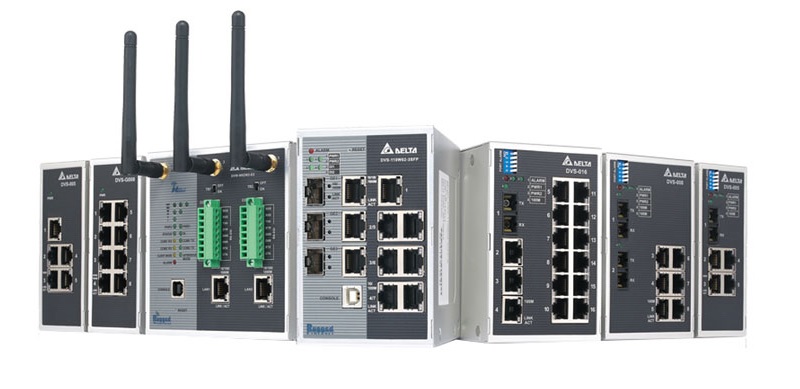In today’s industrial world, the need to connect everything from production lines to machines is essential for maximum efficiency. With the rise of automation, Ethernet solutions have become critical components for ensuring that factories, plants, and production facilities operate as smoothly and reliably as possible. From allowing machine-to-machine communication to providing real-time monitoring and control, Ethernet technology has revolutionized the way we approach industrial automation.
Ethernet solutions offer a range of key benefits for industrial automation, including faster transmission speeds, improved reliability, scalability, and flexibility. Unlike traditional industrial networking methods, Ethernet solutions leverage standardized, open protocols that make it easy to connect devices from different vendors, reducing complexity and promoting interoperability.
Perhaps the most significant advantage of Ethernet technology in industrial automation is its speed. With Ethernet solutions, data transfer rates are faster than those of traditional fieldbus systems, allowing for real-time monitoring, control, and decision making. Ethernet solutions offer speeds of up to 100 Gbps, making it ideal for data-intensive applications, including machine vision and AI systems.
Another essential feature of Ethernet is its reliability, which goes a long way in ensuring the efficient operation of industrial systems. An ethernet solution such as IEEE 1588 provide precise time-stamping and synchronization, allowing multiple devices to work together in perfect harmony and reducing errors and data loss.
Scalability is also a significant advantage of Ethernet technology. As factories and plants grow, Ethernet solutions allow for easy expansion and adaptation to new requirements. Unlike traditional fieldbus systems, which may require costly infrastructure changes as the number of devices increases, Ethernet technology allows for simple connectivity without the need for significant hardware upgrades.
Additionally, Ethernet solutions provide greater flexibility, enabling remote monitoring and control of industrial processes. Ethernet-attached devices can be accessed from anywhere on the network, allowing operators to make adjustments, troubleshoot errors and even make decisions from mobile devices.
Ethernet technology has become an essential component of industrial automation, providing faster, more reliable, scalable, and flexible industrial connectivity. With the rise of Industry 4.0, Ethernet solutions will continue to play an increasingly critical role in the future of manufacturing, transforming how factories operate today and beyond. With its many benefits, it is no surprise that Ethernet solutions have become the go-to choice for industrial automation, driving improvements in efficiency, safety, and productivity.














